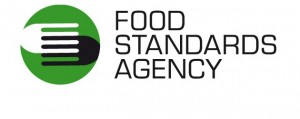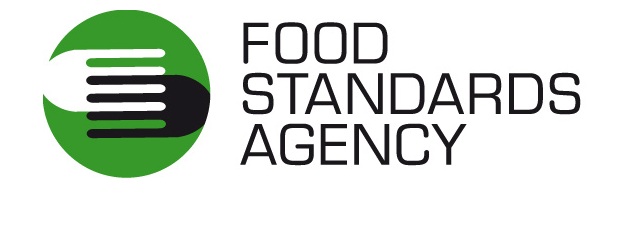The Food Standards Agency has publishing the first set of industry results from beef products that have been tested for the presence of horse DNA.
 |
| [relatedPosts title=”Related Posts”] |
|
|
As of 10.00 am on 15 February, the FSA has received the following information:
- Total results: 2501
- 2472 of these (almost 99%) were negative for the presence of horse DNA at or above the level of 1%
- 29 samples, relating to seven products, were positive for the presence of undeclared horse meat at or above a level of 1%
- At least 950 tests are still in progress
The 29 positive results all relate to seven products that have already been reported and where the food business and the FSA have already taken appropriate action to remove the products from sale and notify consumers (see table 2 in the PDF below).
The FSA has been working with trade bodies in the food industry to collate these results as quickly as possible, to get an accurate picture of the testing being carried out across the UK food chain.
This testing follows the statement by FSA Chief Executive Catherine Brown earlier in the month, where she announced that the food industry had been instructed to conduct authenticity tests on their composite beef products, such as burgers, lasagnes and meatballs, in light of the recent horse meat issue.
The samples were carried out on both raw ingredients and final products, and taken from a range of manufacturers, catering suppliers, wholesalers, producers and retailers across the UK (see table 3 in the PDF below).
Where products have been found to contain horse DNA, they have been tested for the presence of veterinary drug phenylbutazone, known as bute. All of the tests for bute have come back negative.
Announcing the results, FSA Chief Executive Catherine Brown said: ‘Since this incident began on 16 January, businesses have been carrying out a large number of tests. We said that industry should share those results with us, and the public, and we asked for the first results to be with us today. The results so far date from when businesses began their testing four weeks ago. They include results which were received by companies up to around 10am this morning.
‘It’s encouraging that we have received so many results from industry so quickly, which reaffirms their commitment to working with us to address the serious issue of consumer confidence in the UK food supply.
‘More important for consumers, it shows that in the vast majority of cases the results so far are showing that no horse DNA is present in the foods tested. But this is still far from the full picture and we expect industry to continue to supply us with regular updates on their testing regime.
‘We’ve asked industry to test for horse DNA down to a level of 1%. There are two reasons for this. First, that’s a pragmatic level above which we think any contamination would be due to either gross incompetence or deliberate fraud; it’s not going to be accidental. Second, some laboratories can only test accurately down to a level of 1%.
‘But that does not mean that we’re not concerned with, or that we accept, levels below 1%. In terms of faith groups, there remains a significant issue about trace levels of other species below 1%. So we have a separate programme of work under way with Defra to look at the issues around that, too.
‘Further results are expected over the coming weeks and the FSA will publish another update this time next week.’
A full list of all the products that tested positive is available in table 2 in the PDF below. This information was provided to the FSA within the past 24 hours and will be subject to further scrutiny by the Agency.
Background
The immediate focus was to test for the presence of horse DNA in minced or composite beef products. Priorities for businesses also include relevant beef products or ingredients that were sourced from outside their immediate controls.
In addition to these reporting arrangements, food businesses are obligated to immediately report to the FSA information or concerns of gross contamination or adulteration, including any samples confirmed as testing positive for undeclared horse meat.
Alongside this action by industry, the FSA has also instructed local authorities to carrying out testing of meat products, and checks and inspections of relevant meat plants and other food businesses across the UK. The results of this survey will be published in April.
A 1% threshold level (in DNA or meat) is being used for these tests, as a pragmatic level to determine gross contamination or adulteration of the product with an undeclared meat. A study of the scientific literature shows that typical DNA methods used and commercial primer kits available can confidently determine levels to the level of at least 1%. The onus is on any laboratory used by a food business to be able to individually verify and support the limit of detection for the test it carries out.
Testing is usually done in two stages, a qualitative screen to identify whether the target DNA or protein (eg horse) is present in the food. A second confirmatory analysis, for example by Real Time PCR or DNA sequencing, is then used to identify the presence of the target DNA and its levels.





